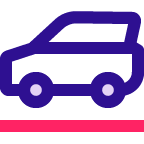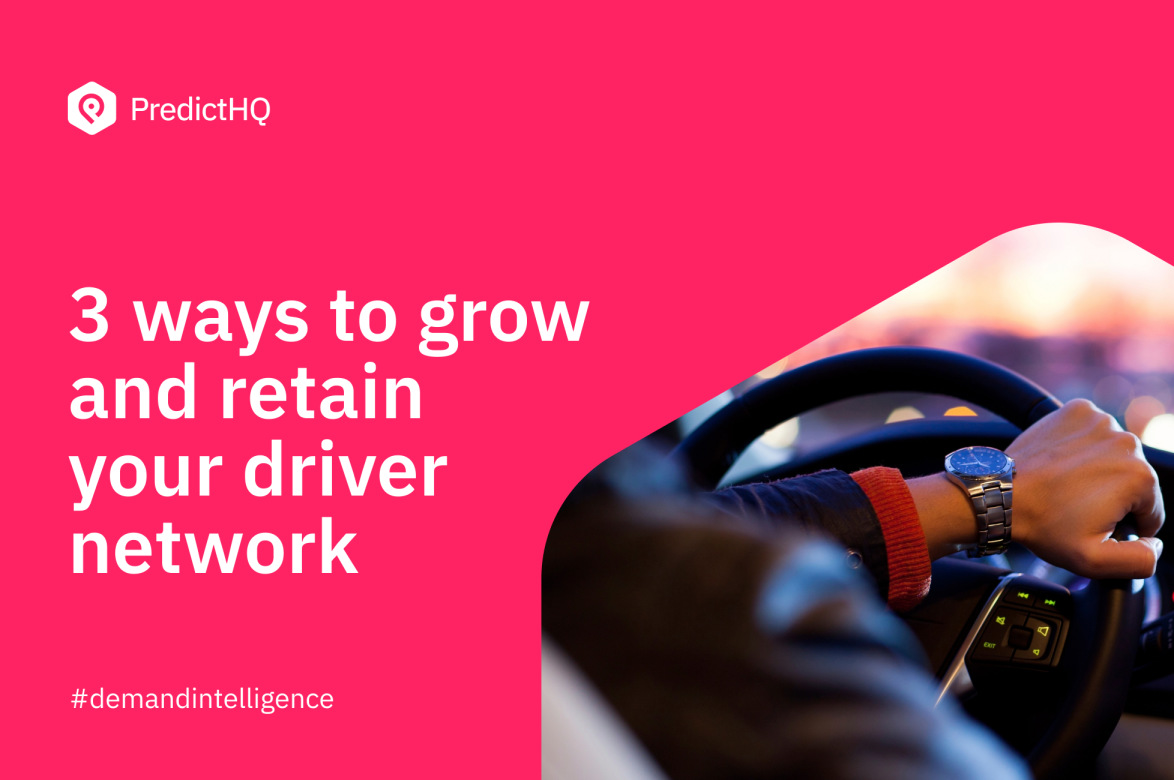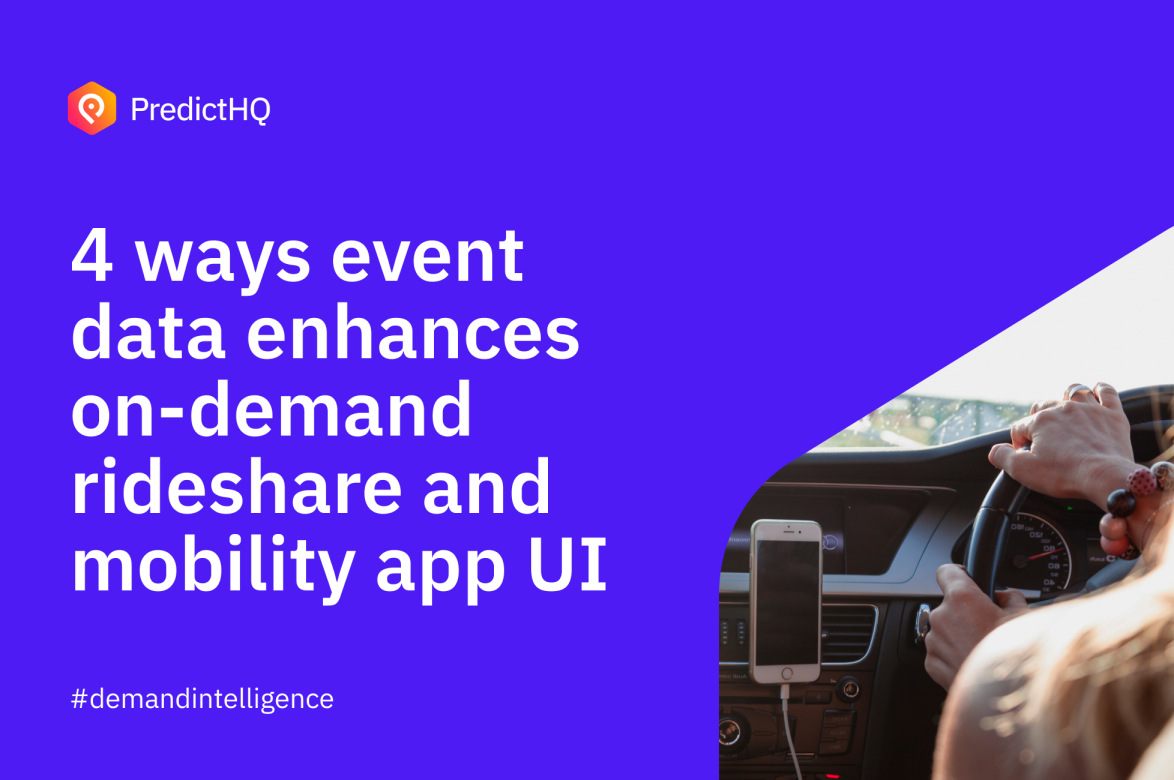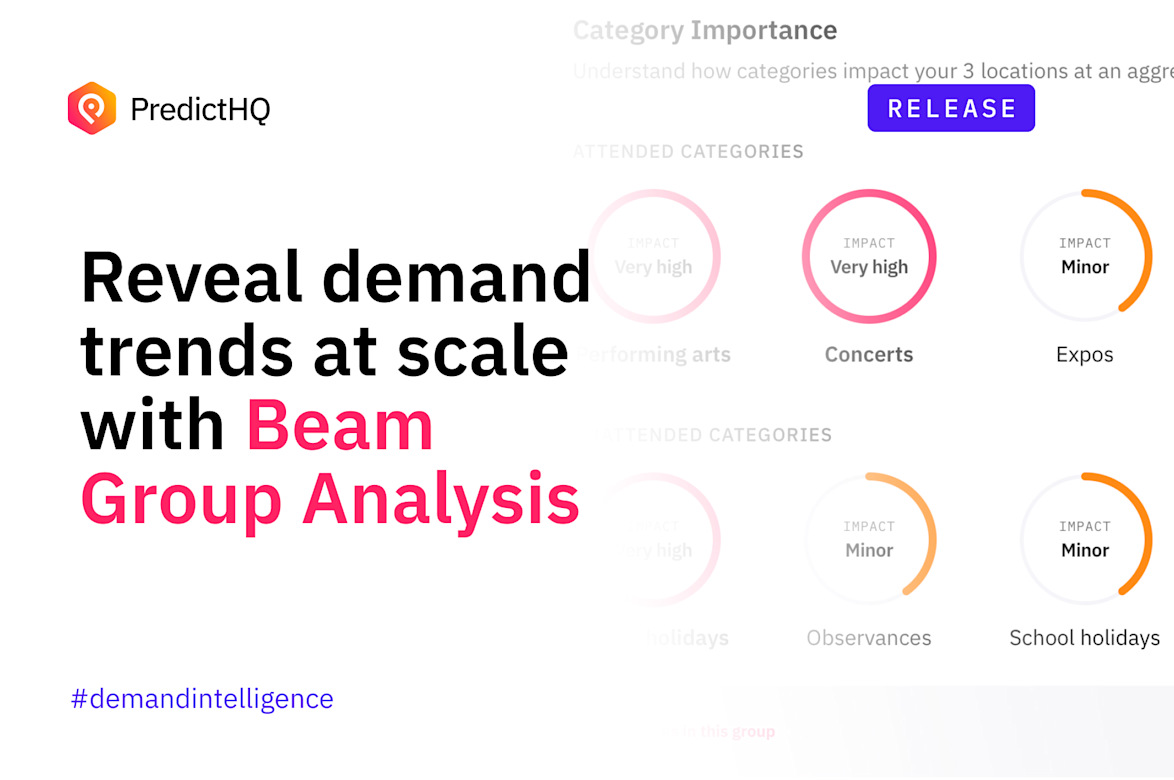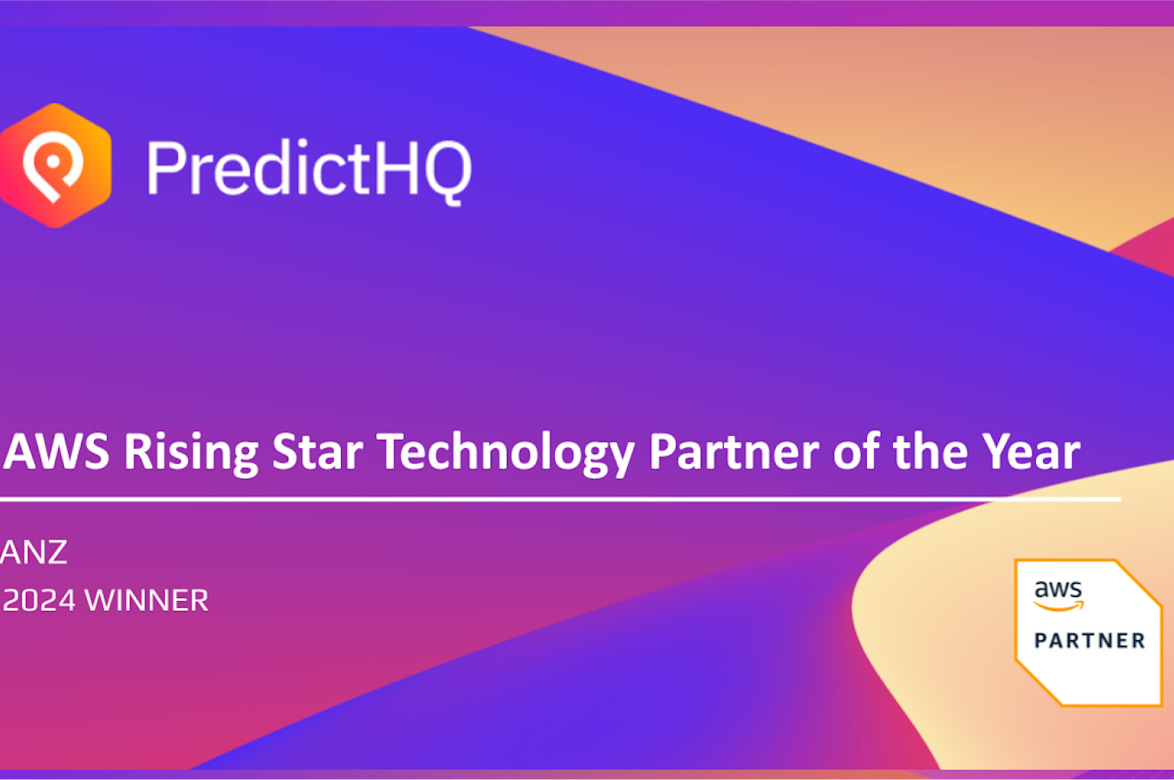On the road with Taylor Swift: 5 ways to capitalize on transportation demand driven by the Eras Tour
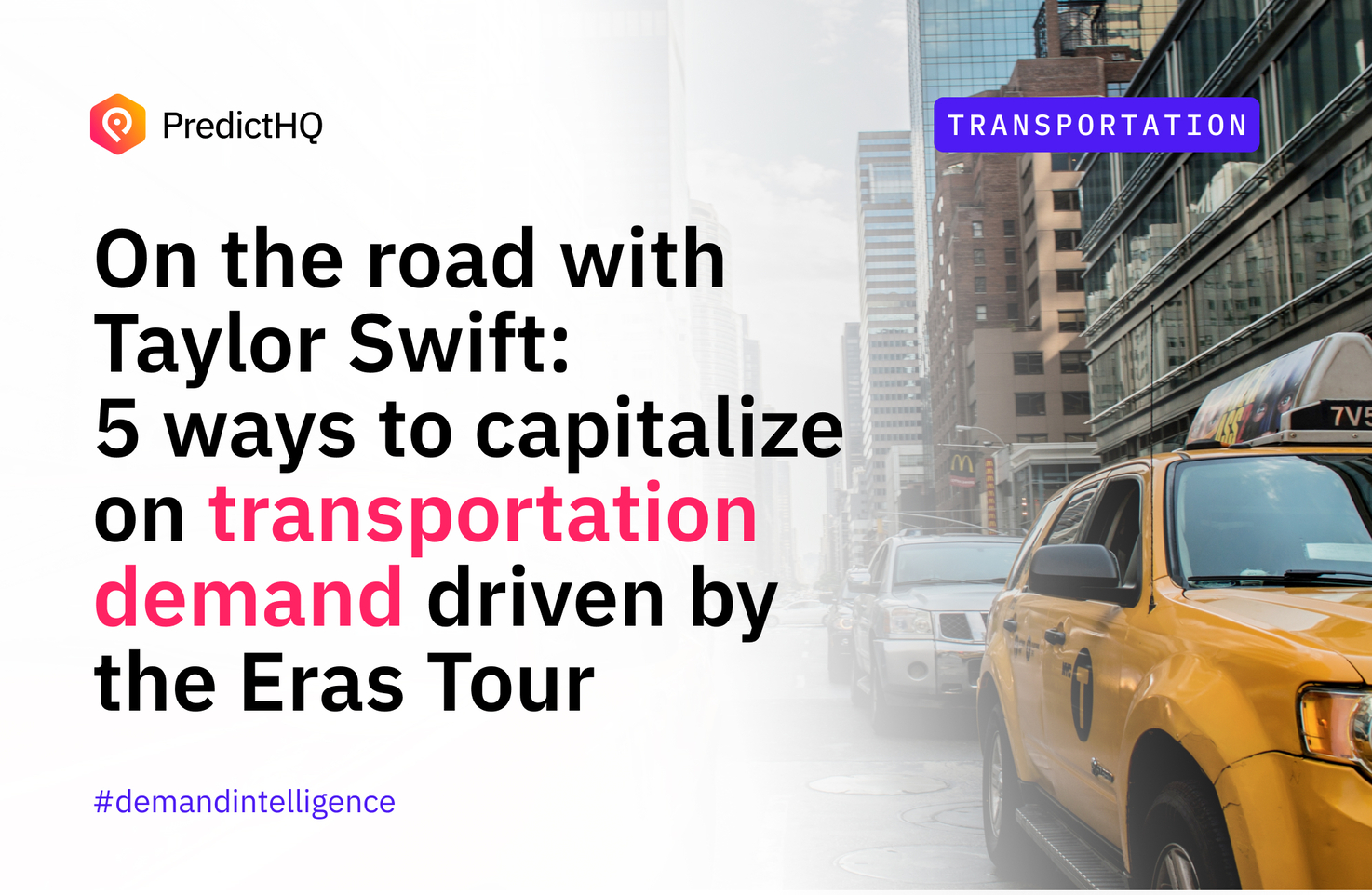
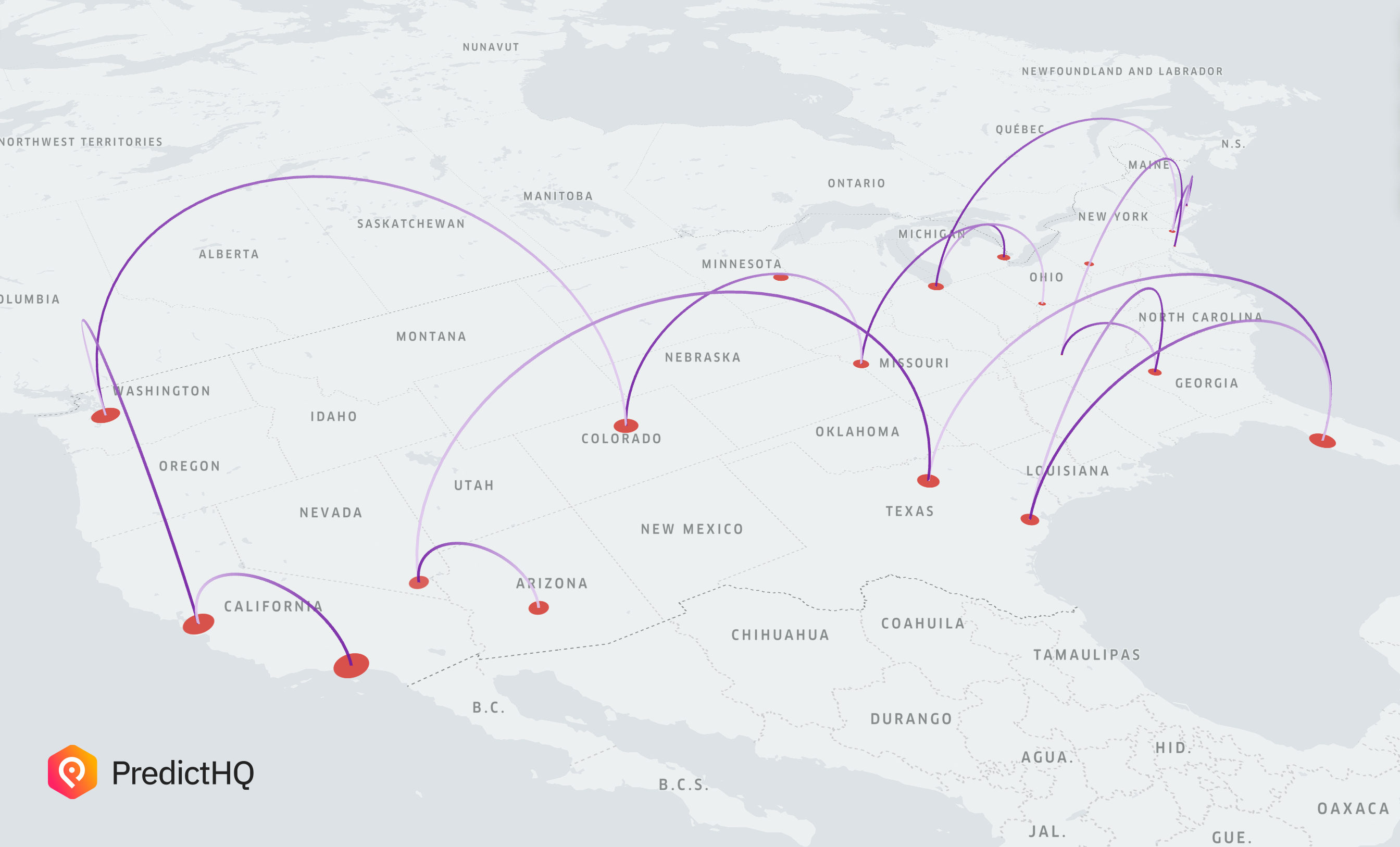
When Taylor Swift announced “The Eras Tour” in early November of 2022, the internet was set ablaze and her fan base jumped on the opportunity to book tickets ASAP . Amid the frenzy were stories of resale tickets going for $40,000 a piece.
The tour is projected to make $590M in ticket sales alone. This bloated figure doesn’t take into account the spending businesses in the tour’s host cities leading up to, during, and after the show will also benefit from, including transportation providers.
When major headliners come to town, local hotels, restaurants, and transportation providers see spikes in demand that are difficult to meet without adequate preparation. For example, for the Era Tour’s Seattle, Washington stop with opening acts from HAIM and Gracie Abrams on July 22, the show is expected to drive a staggering $11,138,786 in spending for the city, including:
$4,130,587 for accommodation
$5,929,700 for restaurants
$1,078,499 for ground-based transportation
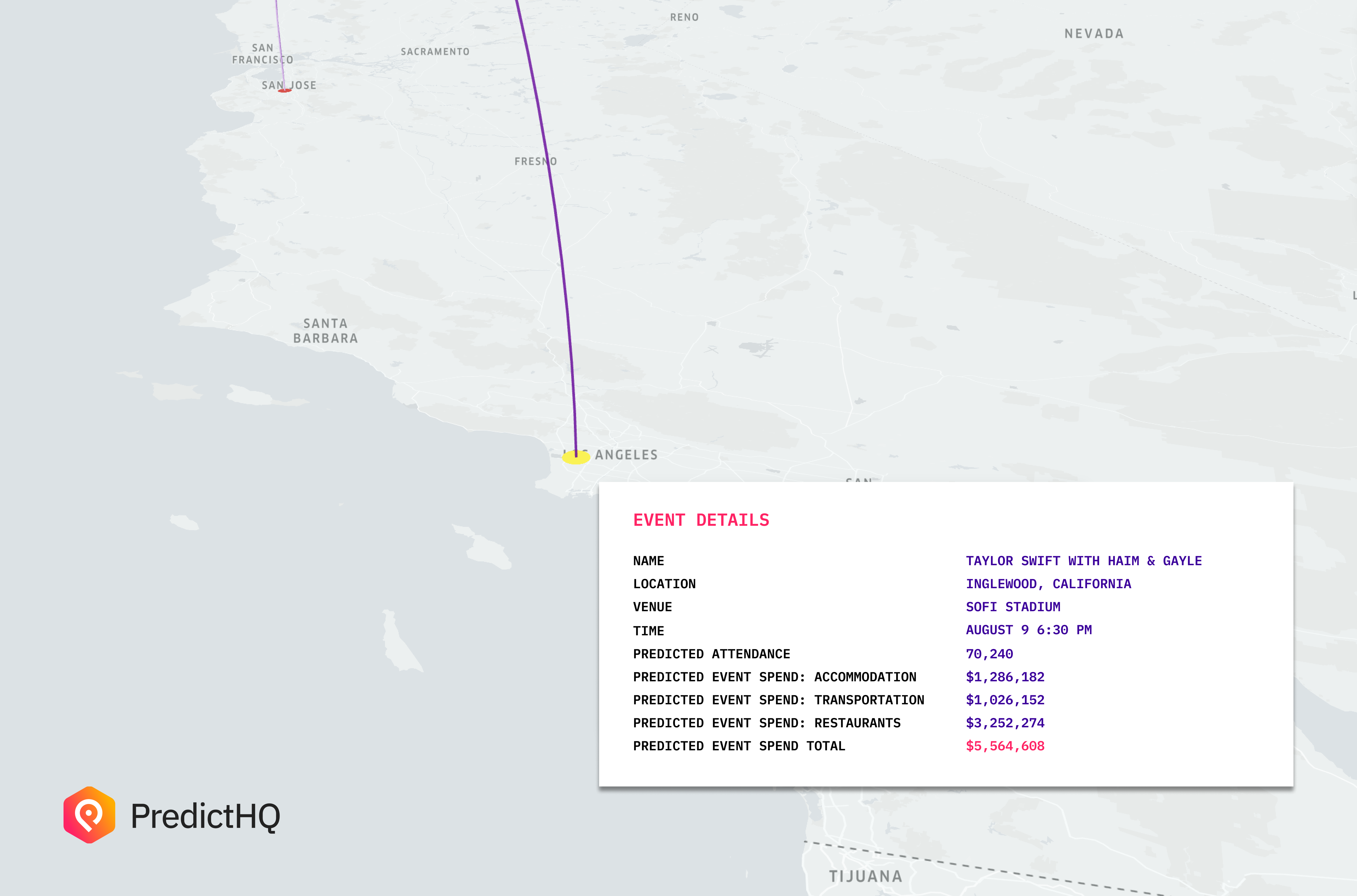
The 52-show concert tour runs from March through August 2023, making stops at several high-capacity stadiums along the way. What does this mean for local taxis, limos, and rideshare companies in these cities? Let’s explore five ways transportation providers and rideshare companies can use advanced knowledge of events to make the most of the incoming demand caused by Taylor Swift’s Eras Tour.
How to capitalize on concert-driven transportation and mobility demand
Concerts have a significant impact on demand for local transportation providers such as taxis, ridesharing and ride-hailing services, and public transportation. This may be especially true if the venue is located in a relatively remote or hard-to-reach location, as fans may need to rely on local transportation providers to get there.
Additionally, concerts often result in traffic congestion and other transportation-related challenges in the surrounding area. This can lead to increased demand for alternative modes of transportation, such as ridesharing, carpooling, or public transportation, as well as for services that help people avoid traffic, such as scooter and bicycle rentals.
The key to maximizing sales for transportation providers during a concert or other large event is adaptability – and to offer services that meet the needs of concert attendees. Here are five ways insight into upcoming events such as concerts helps transportation and rideshare companies position themselves to boost sales:
Get more drivers on the road: Reduce wait times by boosting the number of drivers available near the event venue to ensure that there are enough drivers available to respond to ride requests. This can be achieved by implementing incentive programs and bonus pay for your driver network during high-traffic, peak demand periods such as high-profile concerts.
Discount rides to the show: Offer event-based promotions to encourage more people to use your services, such as a discount code for rides to or from the concert venue. For example, you can directly address attendees by playing to their interest: "Swifties, we know you're going to the concert, but how are you getting there? Use discount TAYTAY for 20% off your ride to Lumen Field”.
Touch base with event organizers: Collaborate with concert organizers to promote your services to ticket holders – for example, advertising your services and offering discounts to concertgoers at the venue. For example, static or digital signage with messaging such as "Don't leave this concert with a broken heart and no ride! Book your ride now!”
Enhance targeted marketing: Use targeted, event-based marketing such as social media ads or email marketing, to reach event attendees that might be in need of a ride. For example, you can tell concert-goers to book a ride with your business, so they can spend more time perfecting their “Shake It Off” dance moves and less time worrying about logistics.
Provide real-time information: Help prevent frustration and make planning easier for attendees by providing mobile app users real-time information about wait times and driver availability. Keeping your drivers informed also helps them to avoid traffic and ensure a smooth experience for riders.
Discover demand-driving events impacting your business locations
The concert and event promotion industry is currently worth $51.3 billion as of 2022, but this figure is expected to increase each year, and is anticipated to surpass $65 billion in 2023.

PredictHQ aggregates, cleans, and enriches data on concerts and 18 other categories of events to give you insights on impactful performances and demand-driving events before they happen.
Sign up for your free PredictHQ account today to join the ranks of transportation industry leaders using intelligent event data to align planning with demand caused by concerts and other local high-impact events.
CTA: Get started
Copy: Identify demand-driving events near your service areas
Link: Sign up


